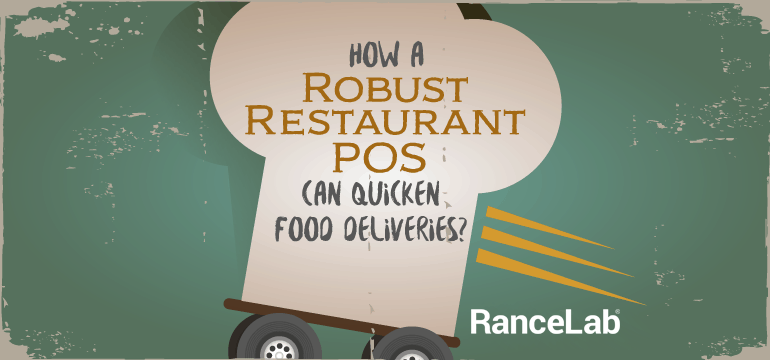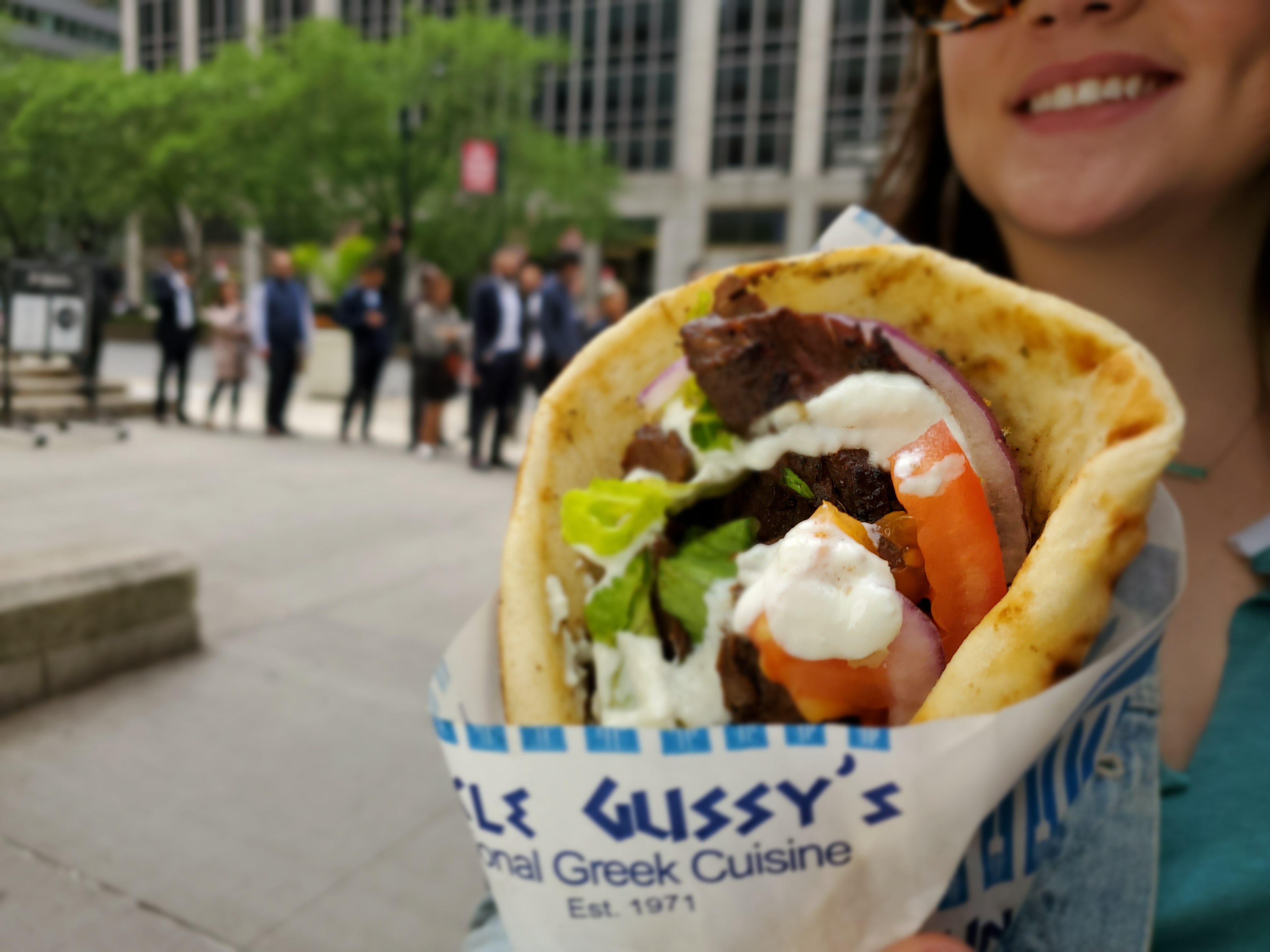
However, predictive scheduling can also help restaurants better fulfill customer demand, especially when it comes to deliveries. Predictive scheduling-a scheduling practice based on "fair workweek" legislation that guarantees a worker’s schedule at least two weeks in advance-is already required in many U.S. So, if outdoor dining ends up being lighter than expected, servers can still fulfill delivery orders and meet customer demand where it’s needed. Another useful training module is publishing a list of dos and don’ts for delivery order preparation to ensure food arrives fresh and well presented to customers.Ĭross-training ultimately makes staff agile. To distribute training materials, restaurants can use their digital workplace platform to disseminate the courses and track completion.įor example, if a restaurant adds a new delivery app to their order options, they can upload a training document for employees to learn the app’s system. With many restaurants focusing more heavily on delivery, all employees should be cross-trained in order fulfillment. Features like real-time push notifications and online bulletin boards help restaurants achieve greater visibility in their communication efforts with employees. Restaurants can also use a digital workplace to keep workers up to date on procedures required for deliveries as well as other important matters such as COVID-19 protocols and food safety. To support employees as they learn to work with third-party apps, a digital workplace can house pre-populated checklists and to-dos for workers to follow and ensure operations run smoothly. Each app typically has specific protocols restaurants must follow to use their app for business.

The use of third-party delivery services by restaurants introduces task management challenges. The platform, which can be accessed via mobile app or on the web, acts as a digital communication and informational hub employees can conveniently access. Here’s how.Ī digital workplace-an single platform that digitally connects food service staff-lays the foundation for successful third-party deliveries.

By rethinking their operational approach and leveraging digital workplace tools, restaurants can ensure every order sent out for delivery provides a quality experience to their customers. With third-party apps managing the relationship between restaurants and customers, restaurants must do everything possible to control that customer experience. Without strategically engaging with third-party apps, restaurant leaders risk missing out on a critical revenue stream to their survival in the COVID-19 economy. With consumer demand for delivery showing no signs of stopping, it’s crucial for restaurants to prepare their staff to meet this shift. However, because restaurants hand over their customer experience to delivery apps when they drop off an order, one bad delivery can deter a customer from ordering again in the future. These apps are vital for helping restaurants drive business while they operate with limited dine-in space. For restaurants, working with third-party food delivery apps is no longer optional.


 0 kommentar(er)
0 kommentar(er)
